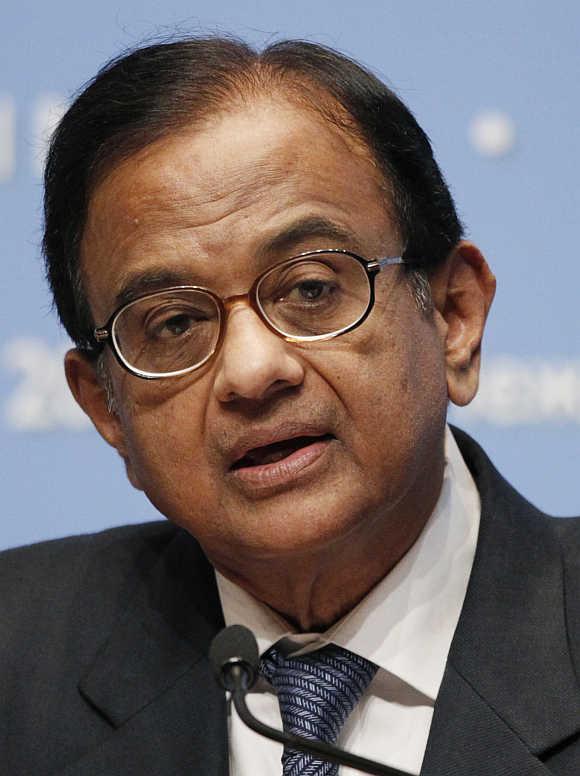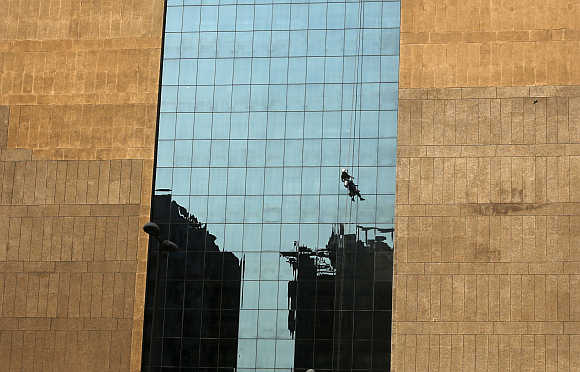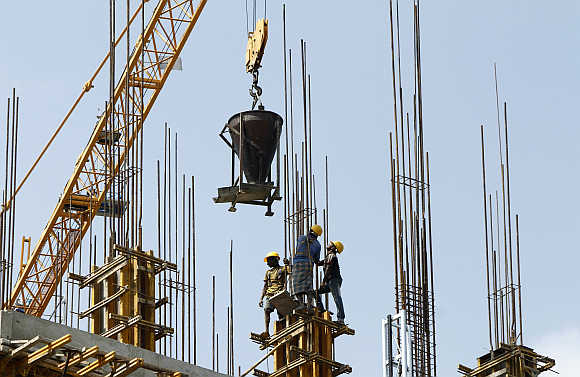
Prices of petrol, medicines, vegetables or other essentials have only gone up. But the tax-free benefits are completely outdated.
Some prominent examples are: The 80C limit of Rs 1 lakh. Set in 2005, it has a whole plethora of instruments like employees provident fund, public provident fund, children's education expenses, life insurance premium and so on. Most people exhaust much of this limit by investing for their retirement in EPF.
...

Try educating your child with Rs 100 per month. Yes, that is the limit (up to two children) set in 2000, for employers who want to provide this allowance.
Tax-free transportation allowance of Rs 800 per month: Introduced in 1998 (with retrospective effect from 1997). But petrol costs are up almost 8.5 per cent annually (in five years) to Rs 75.8 (Mumbai) and Rs 69 (Delhi) per litre, making travel significantly dearer. Even the expenditure on public transport like buses and local trains has gone up. For instance, in Mumbai the cost of a second-class quarterly pass is up 18-22 per cent in just one year.
Interestingly, some tax-saving limits have actually been reduced. Under (the now defunct) Section 80L, the deduction for interest from time deposits, savings banks accounts and post office accounts was reduced to Rs 10,000 (from Rs 12,000 up to 2005).
The newly-inserted Section 80TTA hardly offers any relief. While it provides tax exemption of up to Rs 10,000 on savings bank interest, it, rather distressingly, ignores time deposits and post office accounts.
...

The medical reimbursement limit of Rs 15,000 a year was last revised in 1998. A report by Towers Watson says the cost of medical care is up 13 per cent in just one year. Another insurance portal, Medimanage.com, estimates a 50-60 per cent hike in cost for any treatment in the past five years.
Travel, food, education and medical care are areas we just cannot afford to ignore. We would rather spend on these now than save for posterity. Consequently, the household savings rate is down significantly by over seven per cent to 30 per cent (in the past five years) of the gross domestic product in FY13.
And that is simply because we are spending more for the same basket of goods. It would still have been manageable if salaries had grown exponentially or investments yielded significant returns.
...

But with the S&P Bombay Stock Exchange Sensitive Index, or Sensex, returning just 1.83 per cent annually in these five years and salary growth hit by a slowdown, there is little we can do. And the little pleasures of life like eating out or watching a film or even using a mobile phone hurt the wallet harder due to the service tax of 12 per cent.
If inflation can't be controlled, at least tax benefits should be inflation adjusted. Of course, some would argue that shouldn't tax rates be inflation adjusted as well? But that's a separate debate.